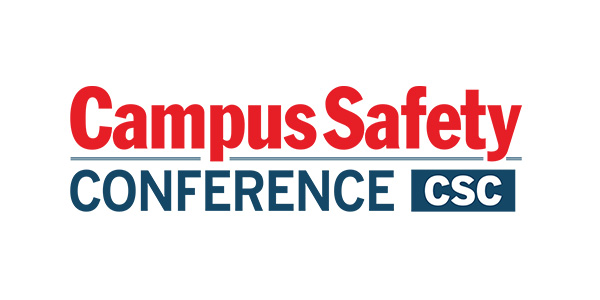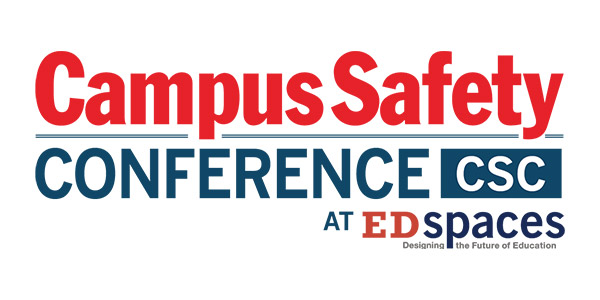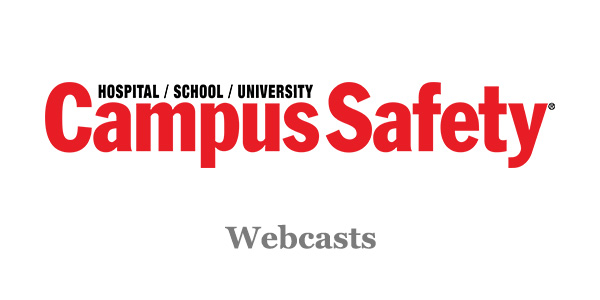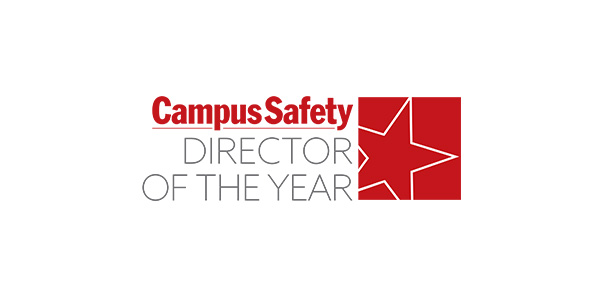Security in the K-12 school environment is a specialized and rapidly evolving field. Schools are a unique entity, part day care, part mental health facility, part sports venue and events center and everything in-between, and all this often in the same 12-hour period.
The school security effort is further complicated by two competing mandates. The first of these, create a school; a warm, open, welcoming educational environment where children are free to learn and parents are actively encouraged to come and engage in their child’s learning. Second, provide a safe and secure environment for our society’s most precious resource. The task has always been how to assure the second without changing the essential nature of the first.
Idaho, like many states in 2013, began a fundamental examination of school safety and security across the state. With one two-man team completing over 80 school threat and vulnerability assessments in more than 55 school districts, one overwhelming conclusion has come to light. The lack of a common framework for understanding between educators, government officials, and first responders (particularly law enforcement) has been a major impediment to improving security in schools.
To develop a common framework for school security, a common understanding for everyone involved of the elements that make up a school is a prerequisite. Schools consist of three distinct, yet deeply interconnected, elements. First and foremost, a school is an associated group of people, the school community. This includes students and parents, educators and support staff, neighbor and vendors, all the people with any connection to the school. Without people there is no “school.”
The second element of schools is operational. The policies, procedures and practices, all the many ways the school community organizes to accomplish the tasks of education, security included. The third element is the one most commonly associated with the term “school.” Facilities, the buildings and grounds, fences and gates, doors and locks and all of the other hard parts needed to house the community of people that are the school.
Related Article: Web Portal Provides Expert Guidance on School Security
The next component of the framework for a common understanding is the acknowledgement, by all parties, that security and convenience are polar opposites. Any increase in one is necessarily a decrease in the other. If you doubt this, simply consider the change that the TSA has brought to air travel. Unlike the TSA, schools have a mandate to create an inviting, warm and welcoming environment. A part of this is open access to the educational process for both students and parents. That same open access is one of the major concerns of law enforcement. The need to find the correct balance brings us to the next component of the framework.
The need to find that right balance begs the question “How is that balance determined?” The answer requires an understanding of






